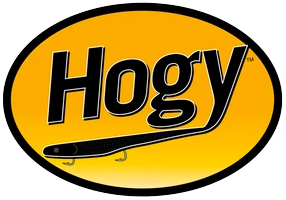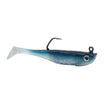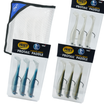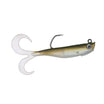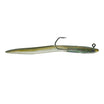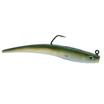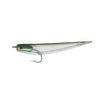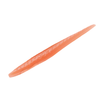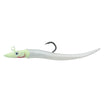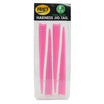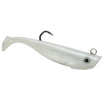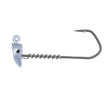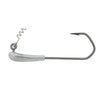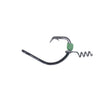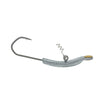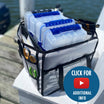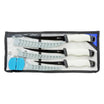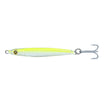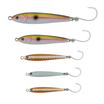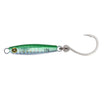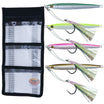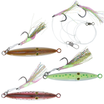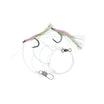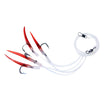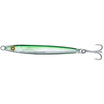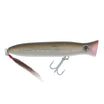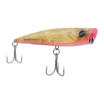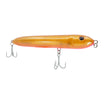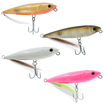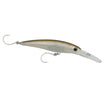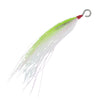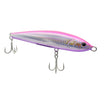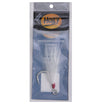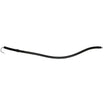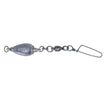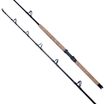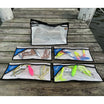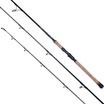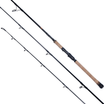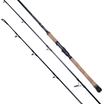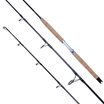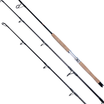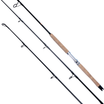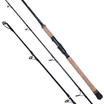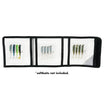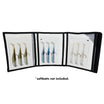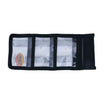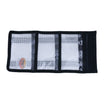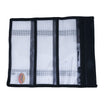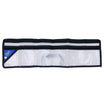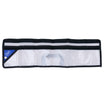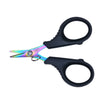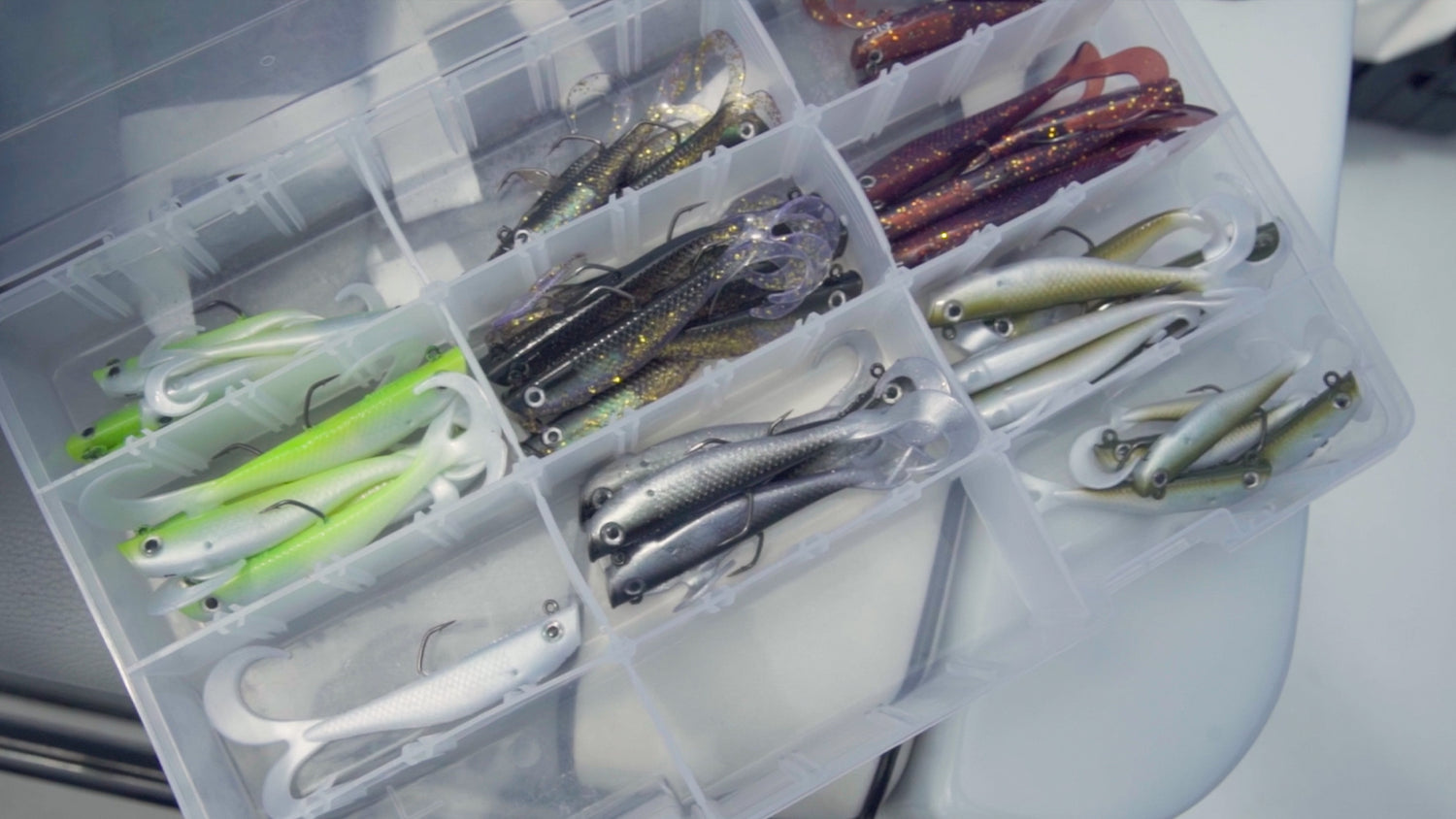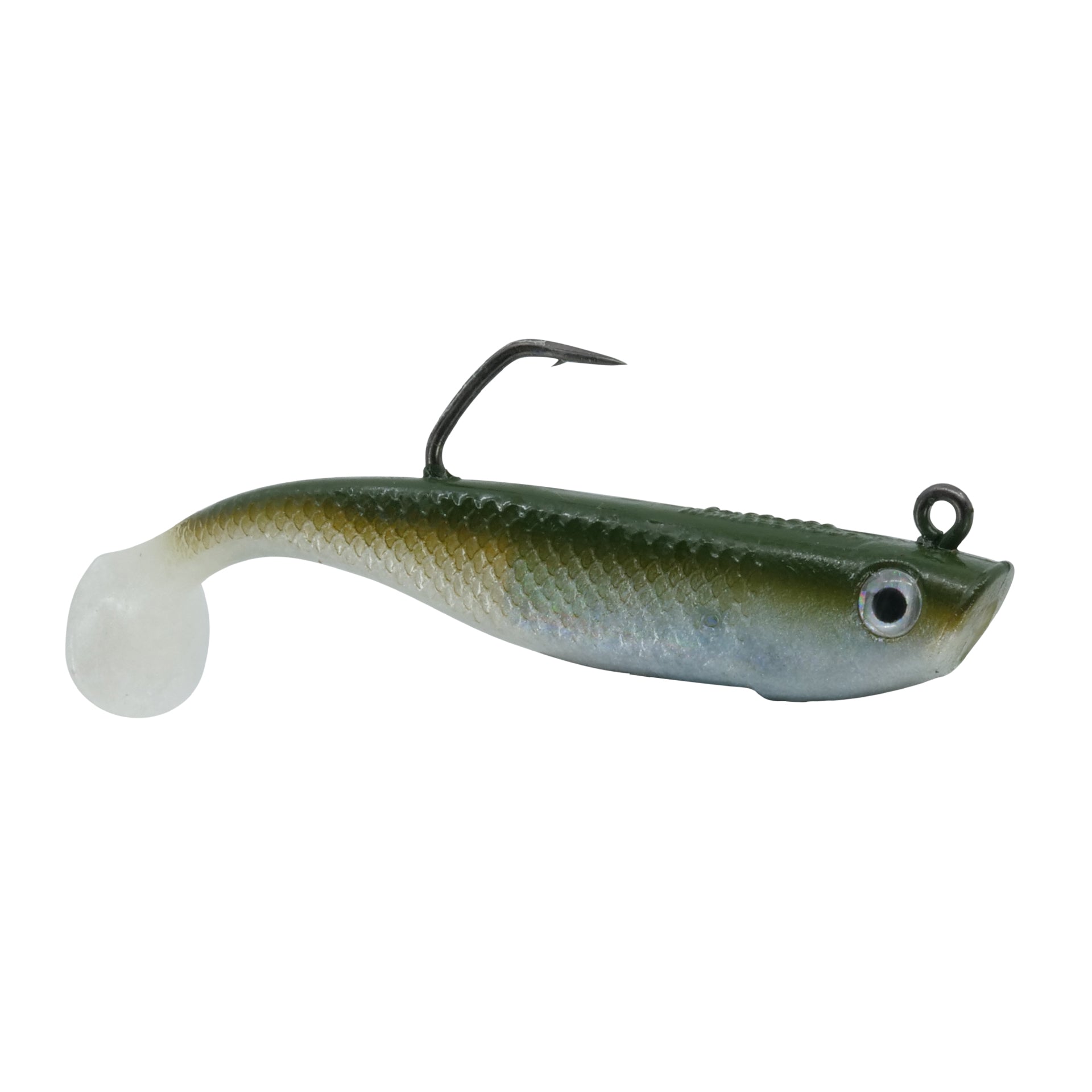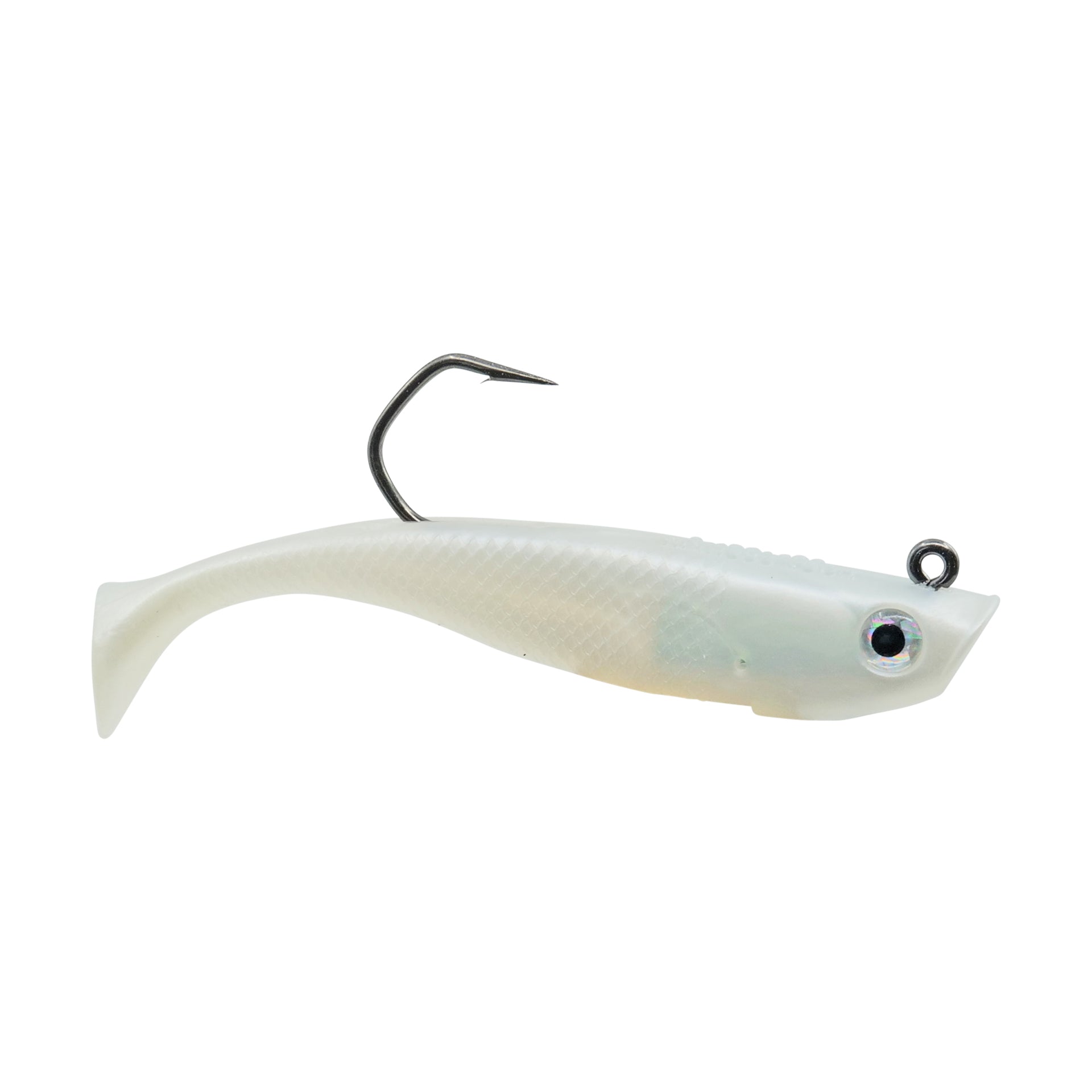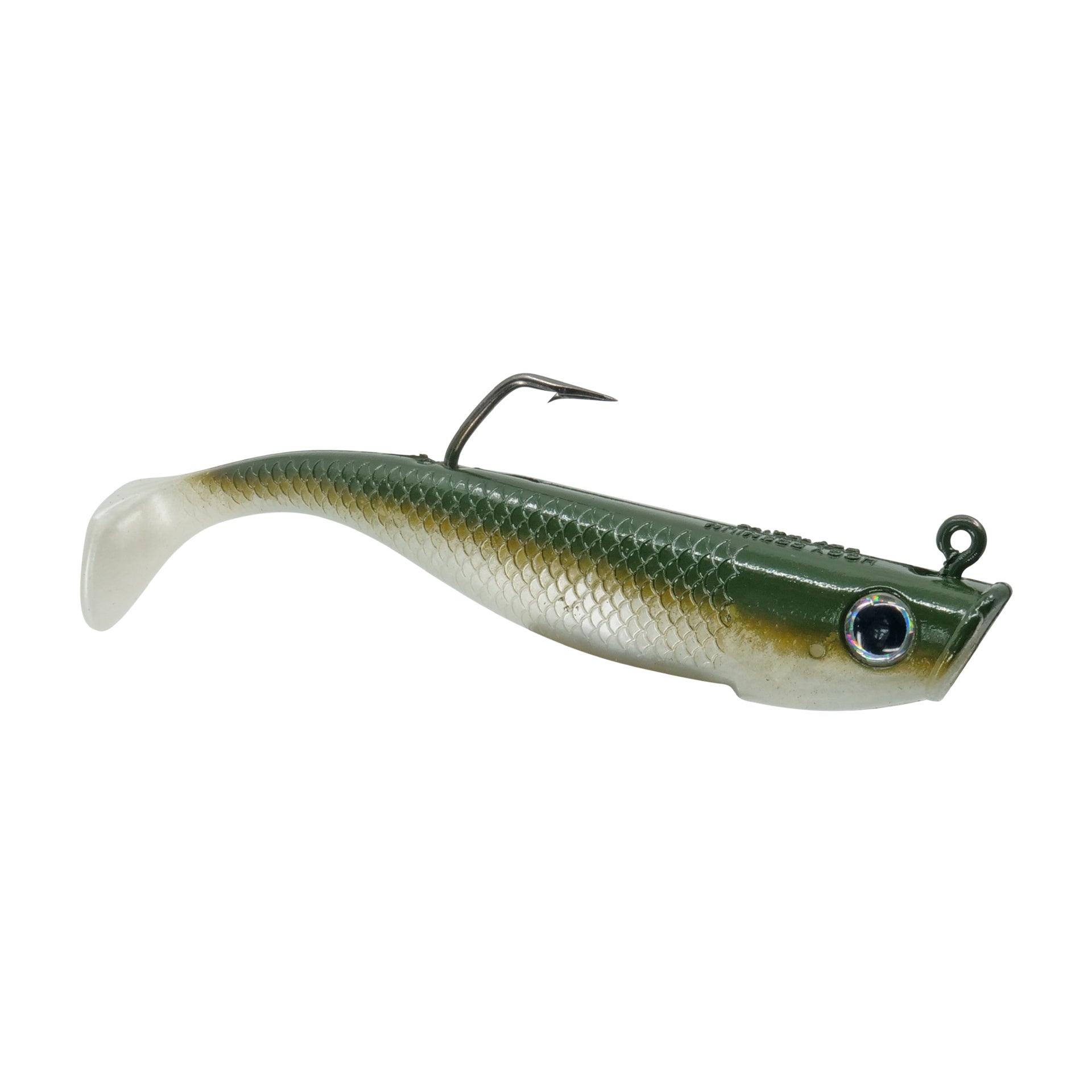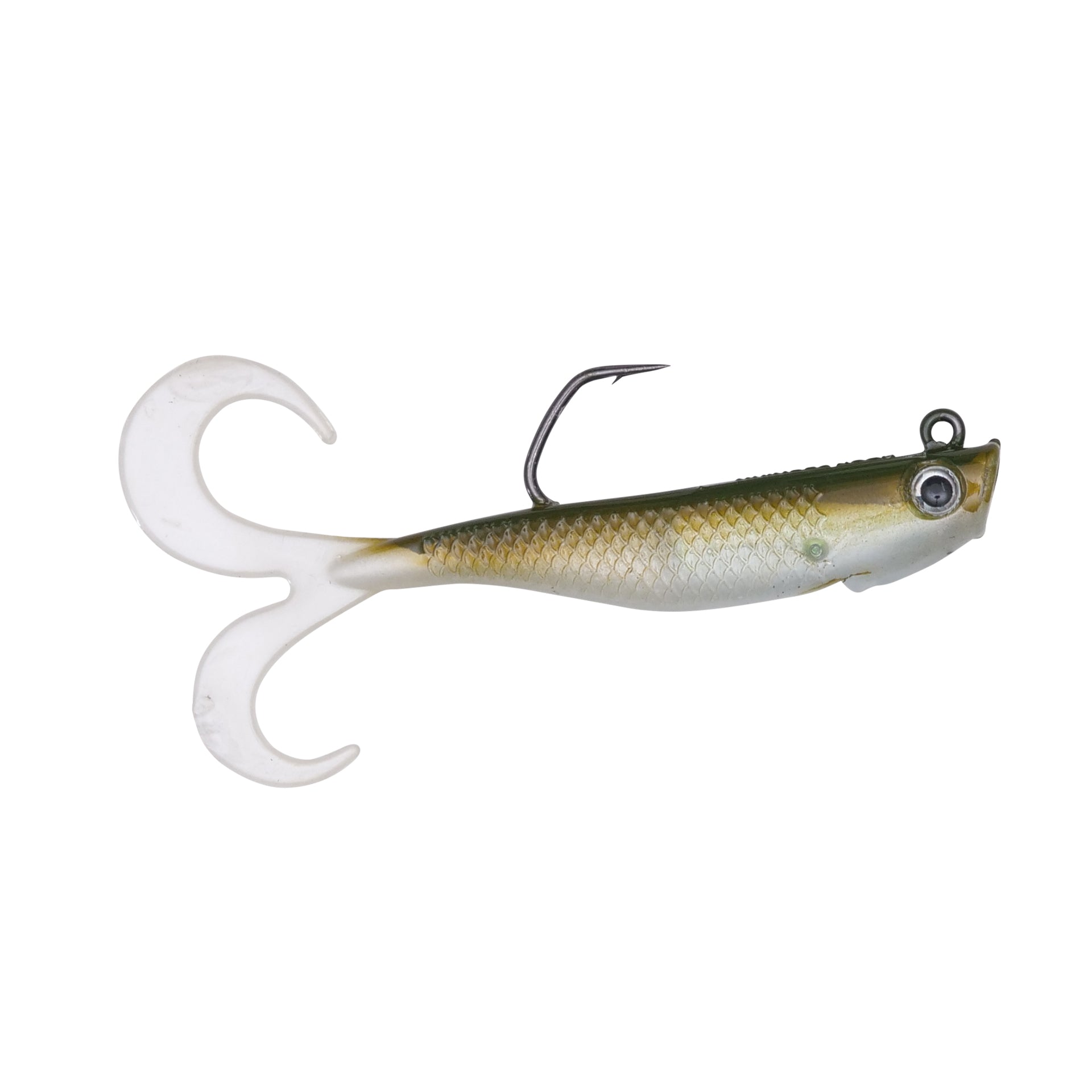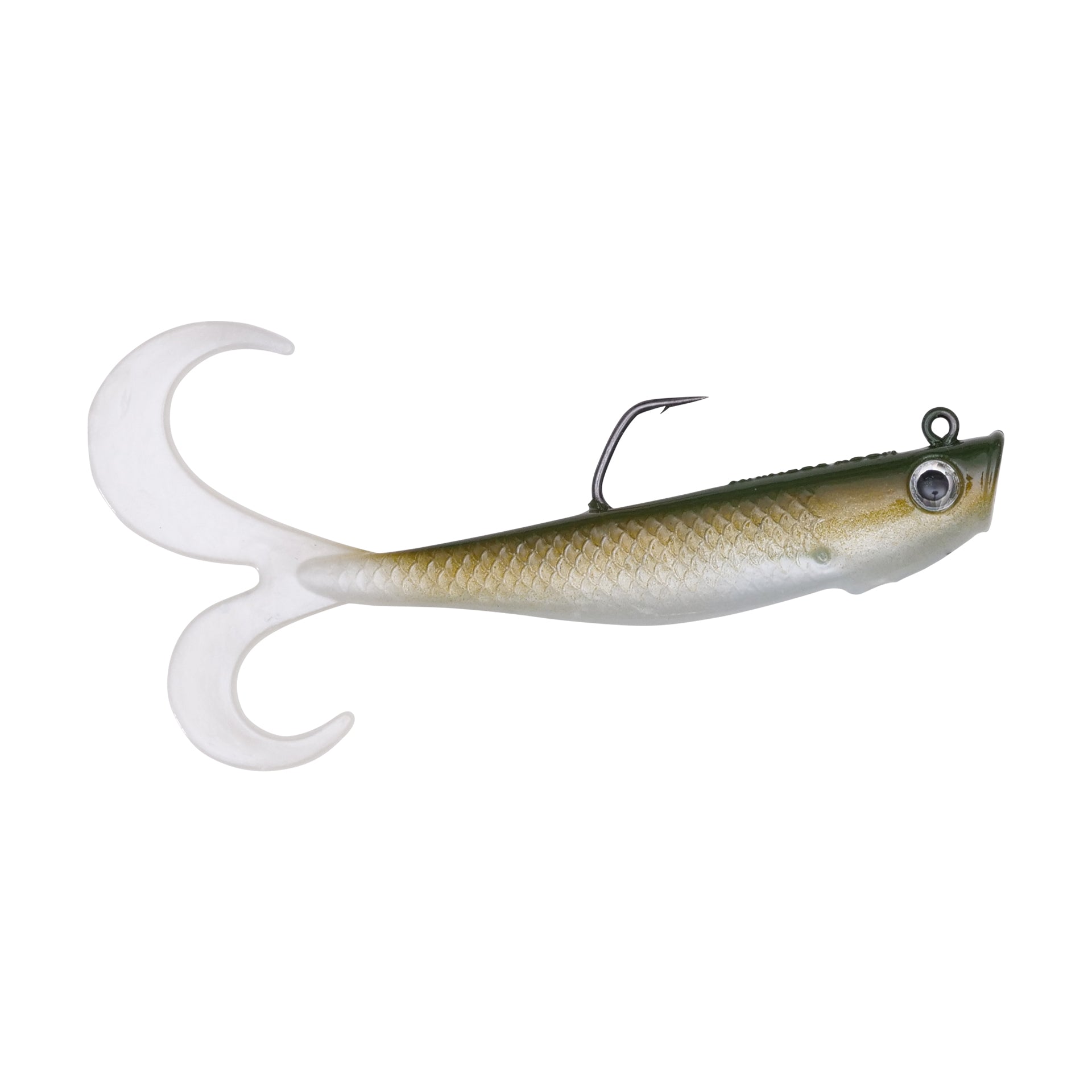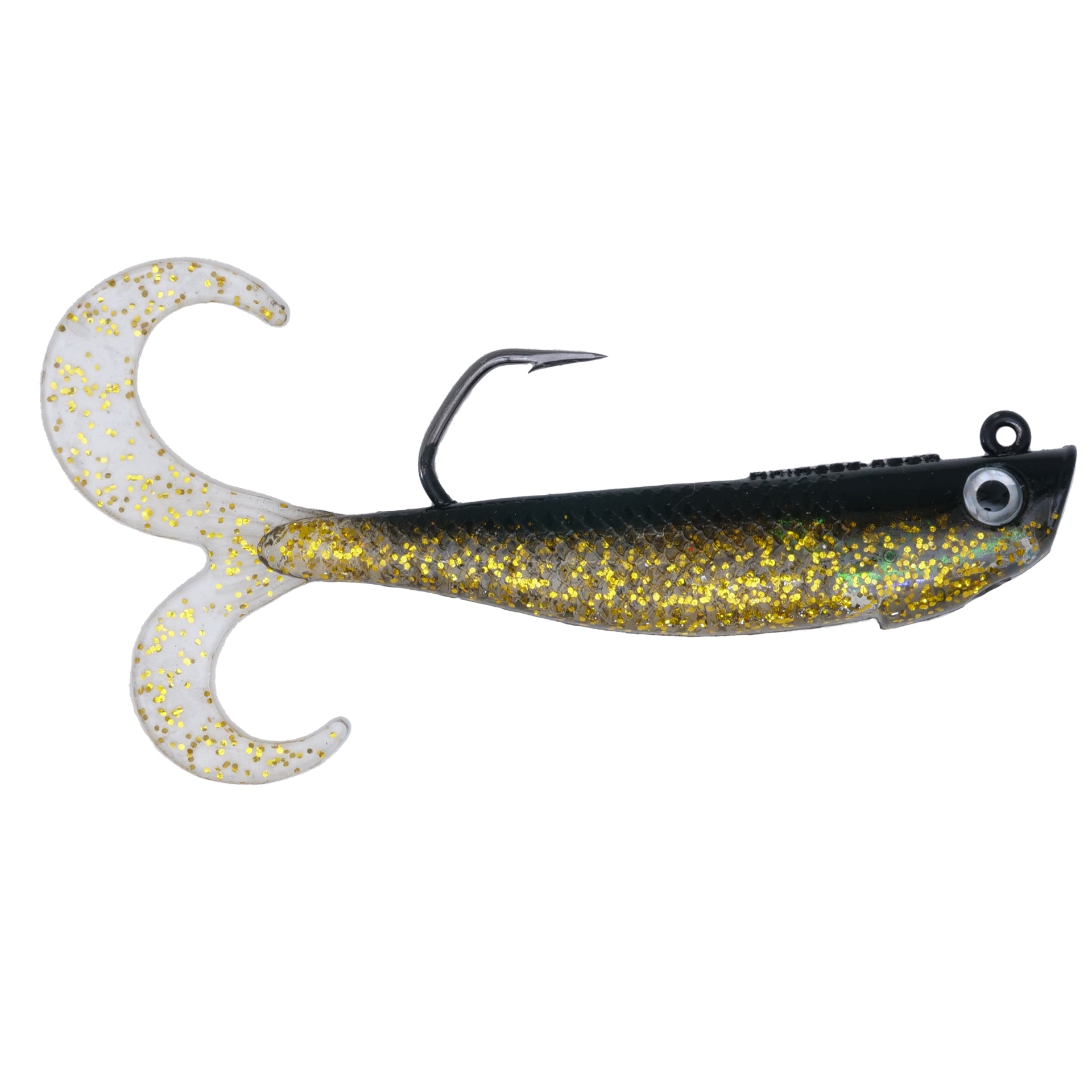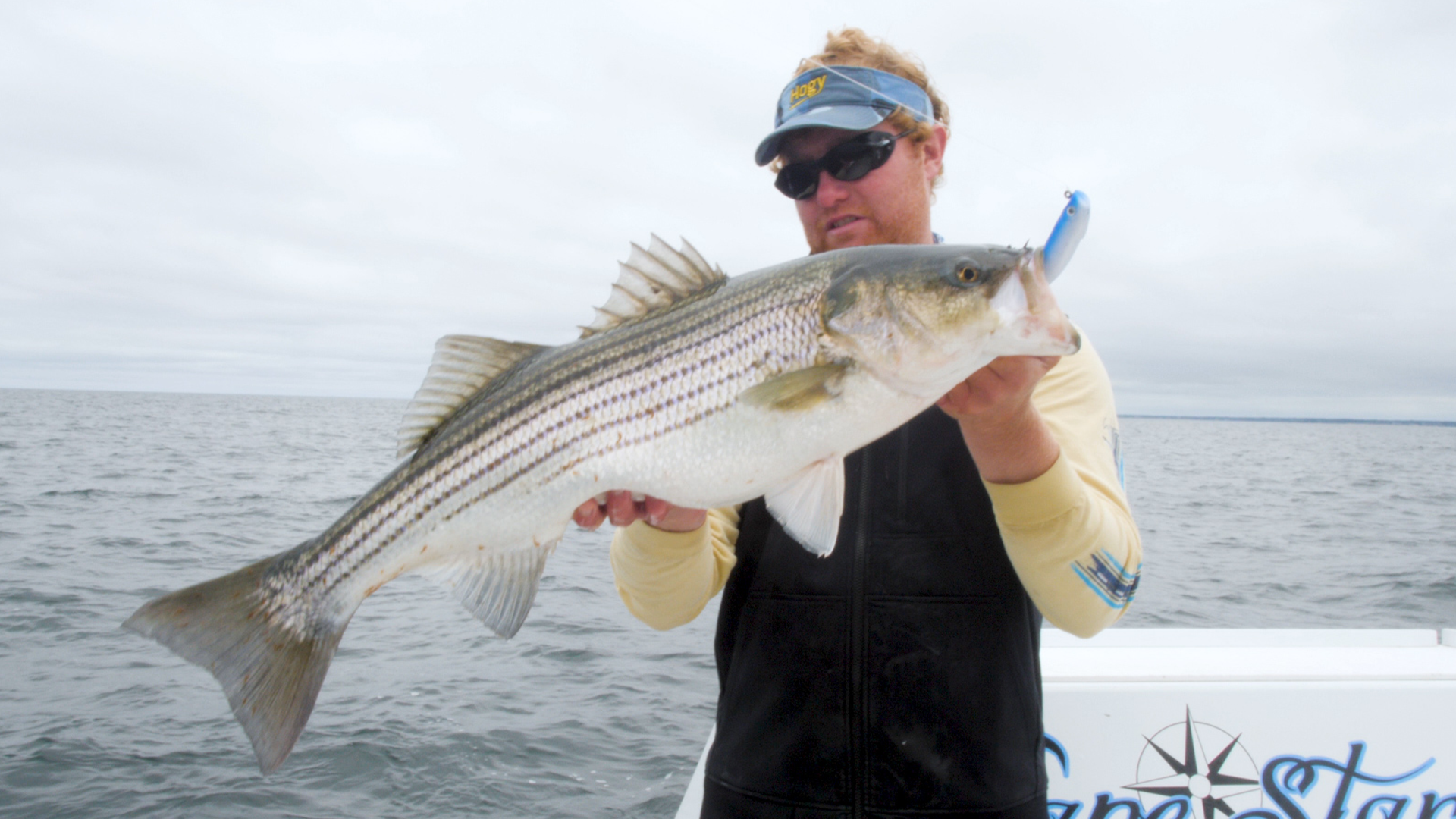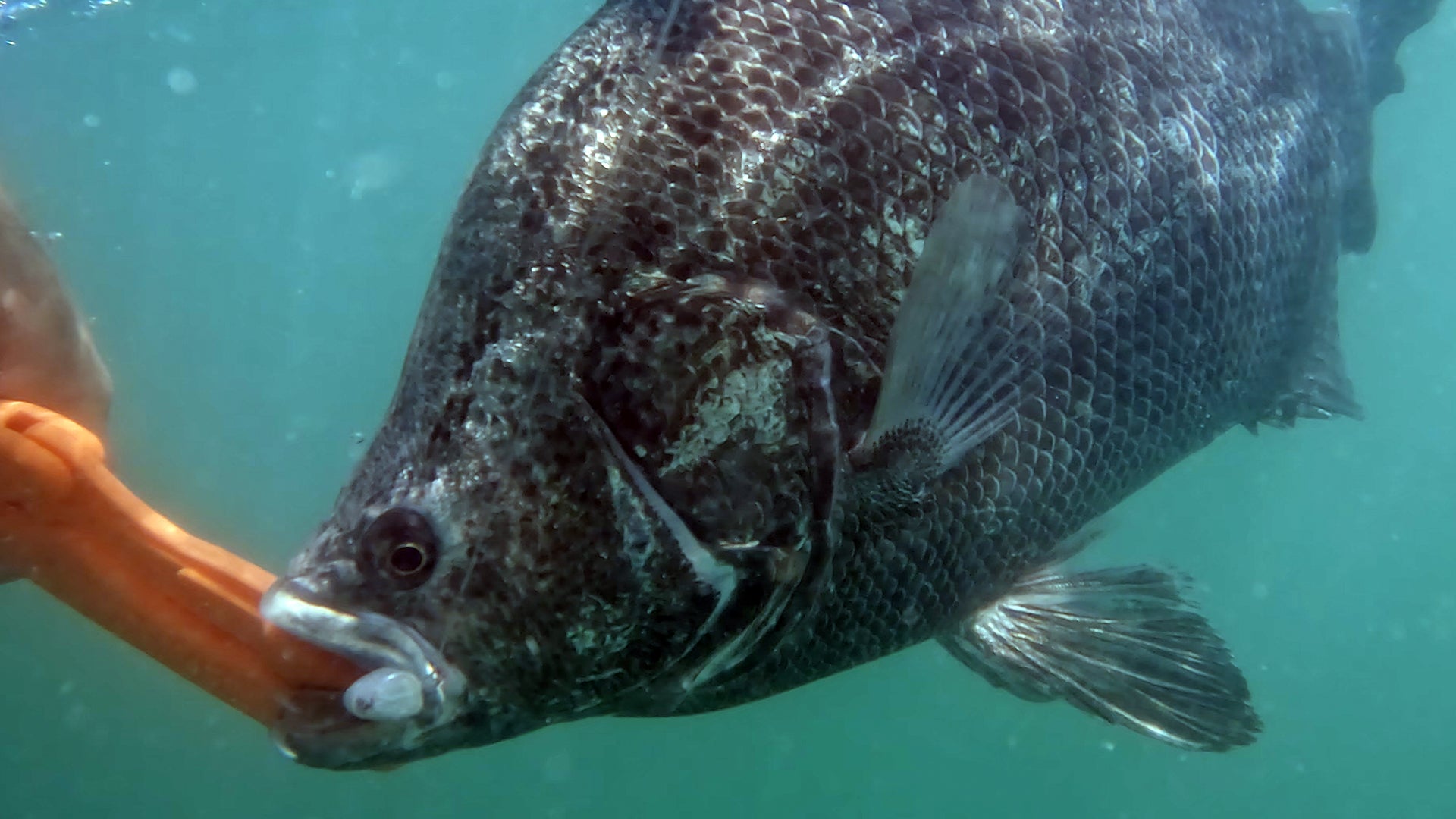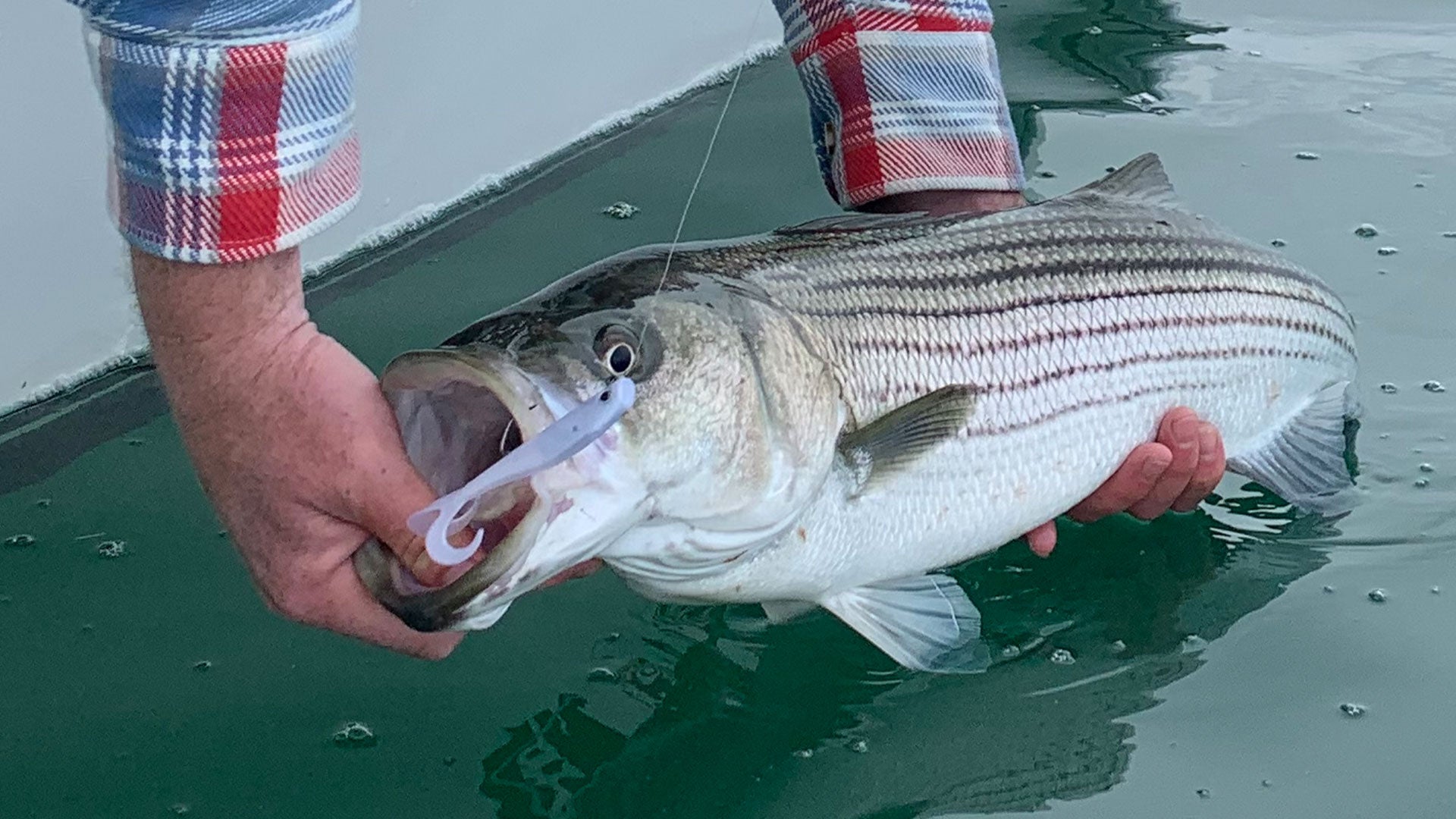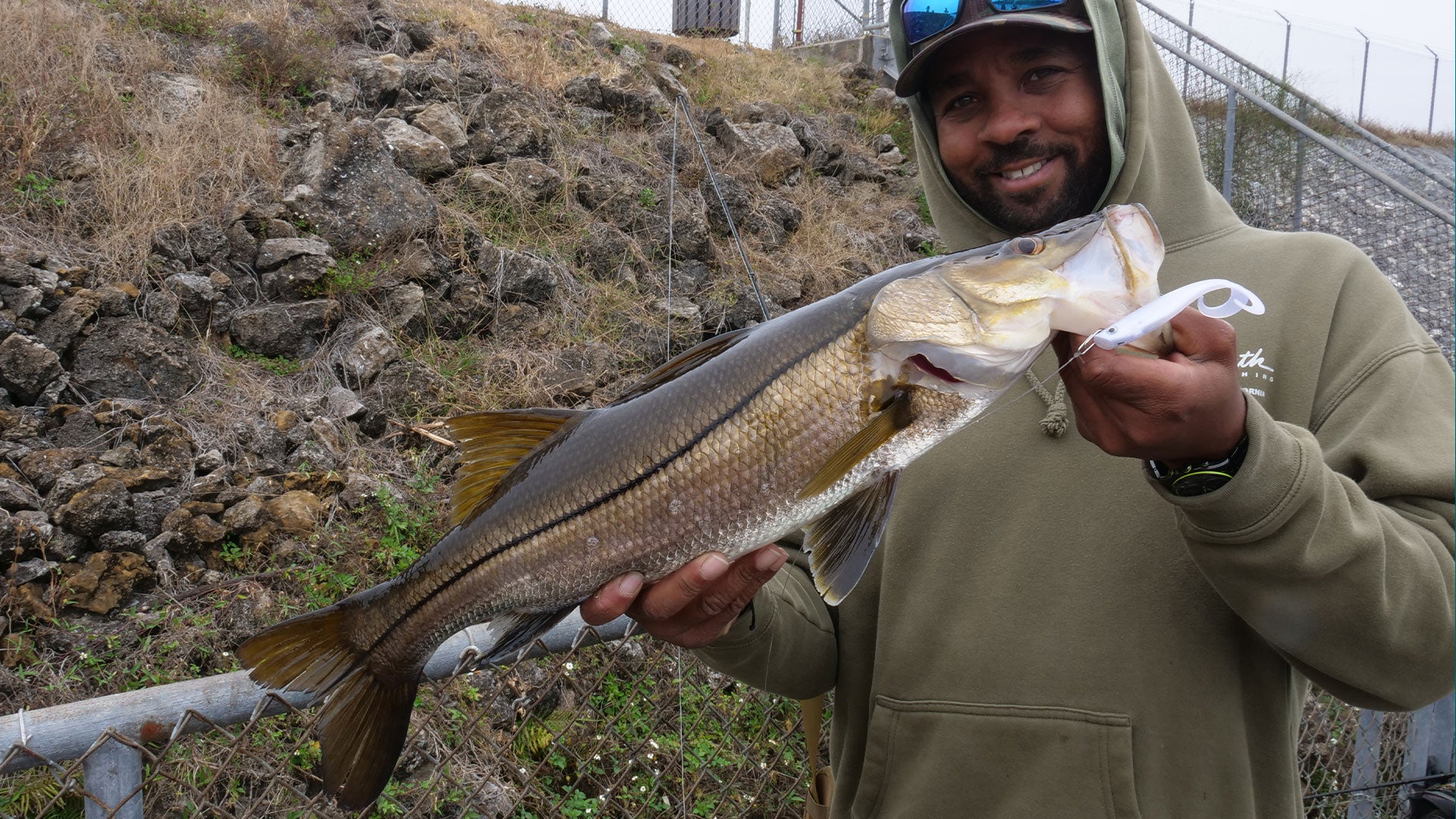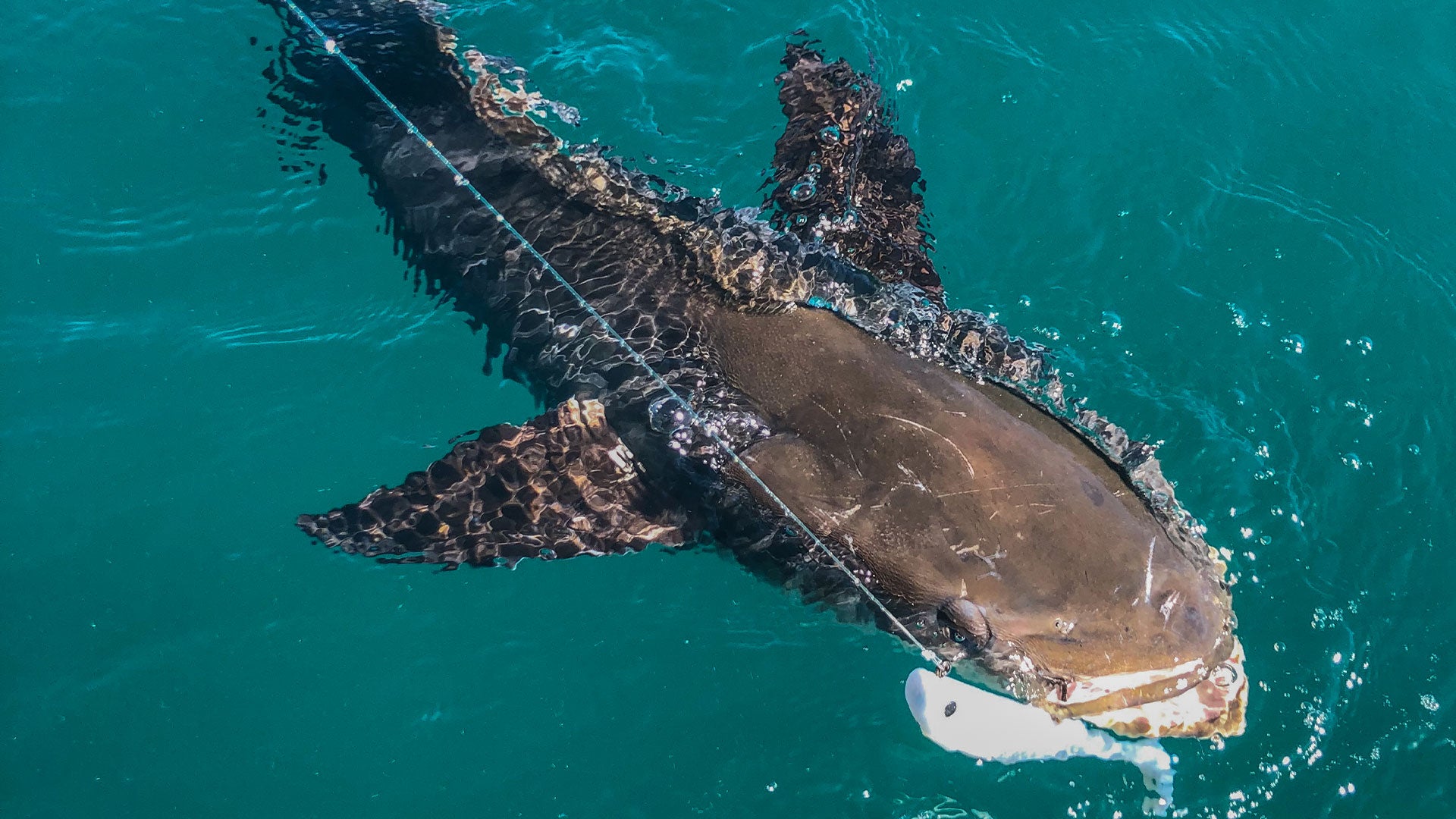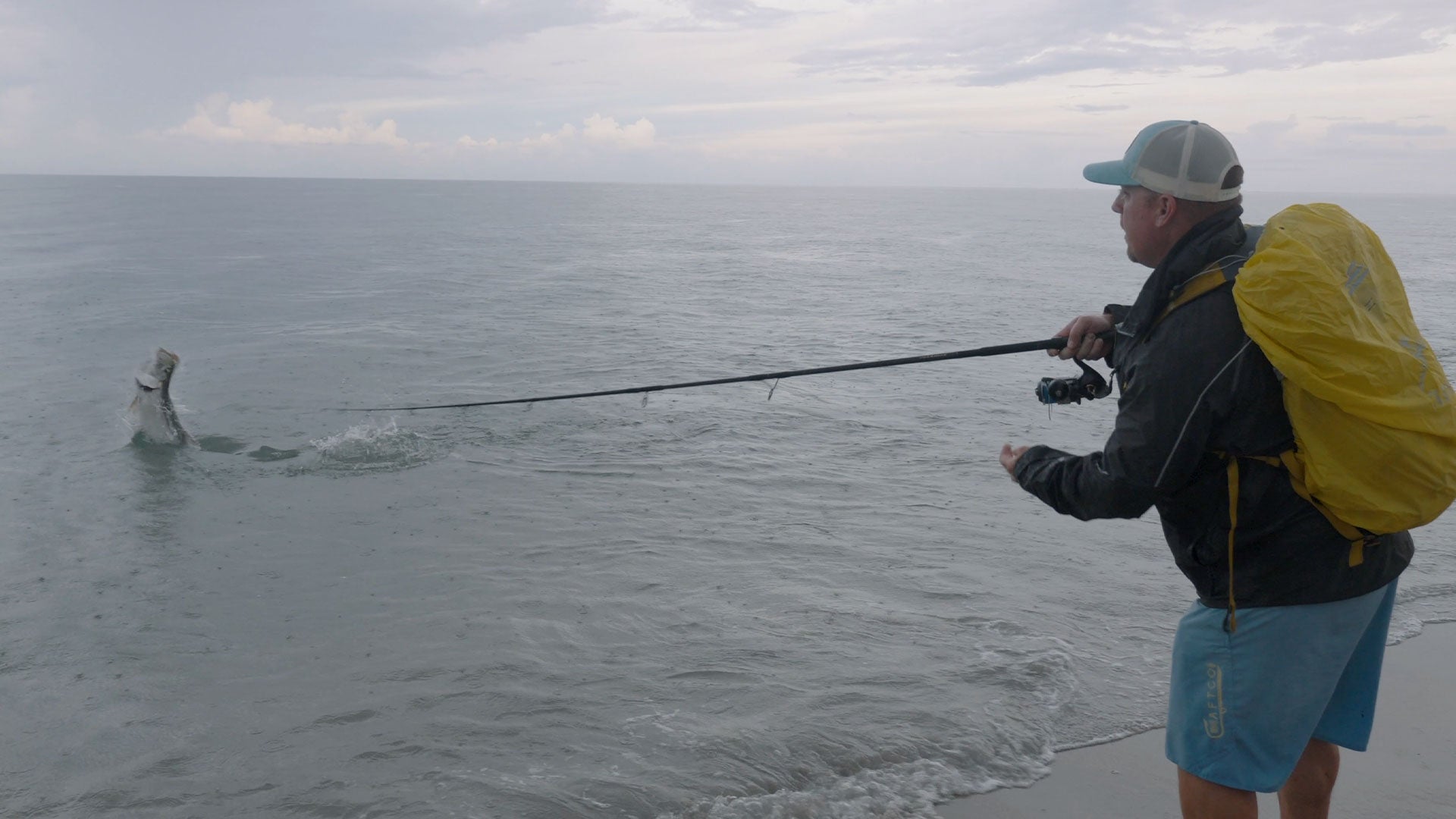When selecting the right lure, choosing between a slow and subtle presentation or a more aggressive one can make all the difference. Two of Hogy’s most popular lures—the Hogy Slowtail and Hogy Protail Paddle—each have specific strengths and ideal conditions for use. This guide will walk through the differences, giving you insight into when and why to use each, with examples from both the Northeast and Southern Coasts fisheries.
The Hogy Slowtail
The Hogy Slowtail is designed for subtle presentations. Its outward-facing twin tail creates an enticing swim action, even with minimal forward movement. This makes it perfect for slow retrieval in very shallow water, especially when targeting sluggish or finicky fish. Its slow, natural swimming action draws attention without causing too much commotion—exactly what’s needed when fish are spooked or the water is calm and clear.
Key Features:
- Outward-facing twin tail design.
- Requires minimal forward movement for a swimming action.
- Ideal for shallow water and slow retrieves.
- Uniquely strong hooks and durable plastic
- Sizes up to 1.75oz
When to Use:
- Shallow water and sub-surface in deep water.
- Slow Retrieves: Lethargic or finicky fish.
- Environmental: Calm conditions where subtlety is key.
The Hogy Protail Paddle
The Hogy Protail Paddle is made for more aggressive presentations. Heavier than the Slowtail, the paddle tail generates strong vibrations in the water, perfect for drawing fish from farther distances. Its weight allows for long casts, making it ideal for covering more ground when fish are scattered. The Protail Paddle’s faster, thumping action triggers strikes from predatory fish, especially when they’re actively feeding.
Key Features:
- Heavier weight for long casts.
- Paddle tail generates strong vibrations.
- Designed for faster retrieves and aggressive presentations.
- Uniquely strong hooks and durable plastic
- Sizes up to 9oz
When to Use:
- Deeper water or stronger current.
- When fish are actively feeding.
- When covering large areas or targeting aggressive fish.
- Heavy weights for casting
When to Use in the Northeast
Blind Casting for Albies (Slowtail): When albies are feeding but not showing consistently on the surface, blind casting with the Hogy Slowtail is a great option. Its subtle movement entices bites even when albies are focused on smaller bait, allowing you to keep the lure in the strike zone longer.
Striper Flats Fishing (Slowtail): On shallow flats, particularly in the early morning or on bright, calm days, a subtle approach is key for stripers. The Hogy Slowtail’s slow retrieve mimics injured baitfish, making it ideal for these situations where stripers are often hesitant to strike faster-moving lures.
Fishing the Swing on a Dead Drift in a Rip (Slowtail): When fishing a rip, letting the Hogy Slowtail drift naturally on the swing mimics baitfish being swept by the current. This slow and natural presentation is highly effective when stripers are waiting for an easy meal.
Long Casts to Cover Ground (Protail Paddle): Whether you’re fishing for albies, stripers, or bluefish, sometimes you need to cover large areas of water to find fish. The heavier weight of the Hogy Protail Paddle allows for long, accurate casts, helping you reach fish that are spread out and more difficult to target.
Casting to Breaking Stripers (Protail Paddle): When stripers are feeding aggressively on the surface, the Hogy Protail Paddle is perfect for mimicking a fleeing baitfish. Its fast, thumping action draws attention and triggers reaction strikes in chaotic feeding frenzies.
Kerplunking Stripers (Protail Paddle): In deeper water, especially when stripers are holding down low, you need a lure that gets down fast and creates enough disturbance to grab their attention. The Hogy Protail Paddle’s weight helps it sink quickly, and its paddle tail creates vibrations that attract fish from a distance.
Fishing the Swing in the Cape Cod Canal (Heavy Protail Paddle): The heavier Protail Paddle excels in the fast-moving waters of the Cape Cod Canal, where fishing the swing is a common tactic. The weight helps keep the lure in the strike zone longer, even in strong currents, where it can draw strikes from striped bass.
Sight Casting to Tuna (Larger Sizes of Protail Paddle): When targeting larger species like tuna, the bigger sizes of the Hogy Protail Paddle are ideal for sight casting. The weight allows for long, precise casts, and the strong paddle tail action is perfect for enticing explosive strikes from powerful fish like bluefin tuna.
When to Use Along the Southern Coasts
Fishing Shallow Flats for Redfish (Slowtail): On calm, shallow flats where redfish are cruising, a slow and subtle presentation is key. The Hogy Slowtail allows you to mimic a slow-moving, injured baitfish, making it perfect for these often-cautious fish. A slow retrieve keeps it in the strike zone longer, enticing strikes from redfish in shallow waters.
Snook Fishing Under Docks at Night (Slowtail): Snook can be very wary when hiding under docks, especially at night. The slow, subtle action of the Hogy Slowtail is perfect for targeting snook in these quiet, low-light conditions. The ability to fish it slowly and maintain a natural presentation is key when the snook are in ambush mode.
Cold-Water Tarpon in Backwater Creeks (Slowtail): When water temperatures drop and tarpon retreat to deeper backwater creeks, they can become sluggish. The Hogy Slowtail’s ability to swim with minimal forward movement makes it ideal for slow presentations, mimicking prey that isn't moving aggressively in cold conditions.
Fishing Open Beaches for Jack Crevalle (Protail Paddle): Jack Crevalle are aggressive feeders, and when they are patrolling along open beaches, a long-casting lure like the Hogy Protail Paddle is a great option. Its strong thumping action helps attract these fish from a distance. The weight of the lure allows you to cover ground quickly and target these fast-moving predators.
Casting to Tarpon Rolling in Channels (Protail Paddle): During the tarpon migration, fish are often seen rolling on the surface in deep channels. The Hogy Protail Paddle allows you to make long, precise casts to these rolling tarpon, and the strong vibration from the paddle tail grabs their attention, triggering explosive strikes as they move aggressively through the water.
Bull Redfish in Deeper Water (Protail Paddle): When targeting bull redfish in deeper channels or along structure, the Hogy Protail Paddle’s weight and action make it ideal for getting down to where these larger fish are holding. Its strong vibrations mimic a larger baitfish, drawing in aggressive strikes from these powerful predators in deeper water.
Long-Range Casting from Piers for Cobia and Tarpon (Heavy Protail Paddle): For anglers fishing from piers in Florida, the heavier Hogy Protail Paddle allows for long-range casting, which is crucial when targeting fish like cobia and tarpon. The strong vibration and weight of the lure ensure you can reach deeper, farther areas, increasing your chances of a strike.
Fishing the Swing in Inlets for Snook (Heavy Protail Paddle): In inlets with strong currents, snook often sit in ambush points waiting for baitfish to swing by. The heavy Hogy Protail Paddle can hold its place in the current while its paddle tail generates the right amount of action to entice a strike from snook holding in the deeper pockets of water.
Whether you’re fishing in the Northeast or along the Southern Coasts, choosing between the Hogy Slowtail and the Hogy Protail Paddle depends on the situation, the water conditions, and the behavior of your target species. The Hogy Slowtail excels when a slow and subtle presentation is required, especially in shallow water, when fish are sluggish, or when you’re trying to keep your lure in the strike zone for as long as possible. On the other hand, the Hogy Protail Paddle is perfect for aggressive feeders, deeper water, and scenarios where covering more ground with longer casts is key.
